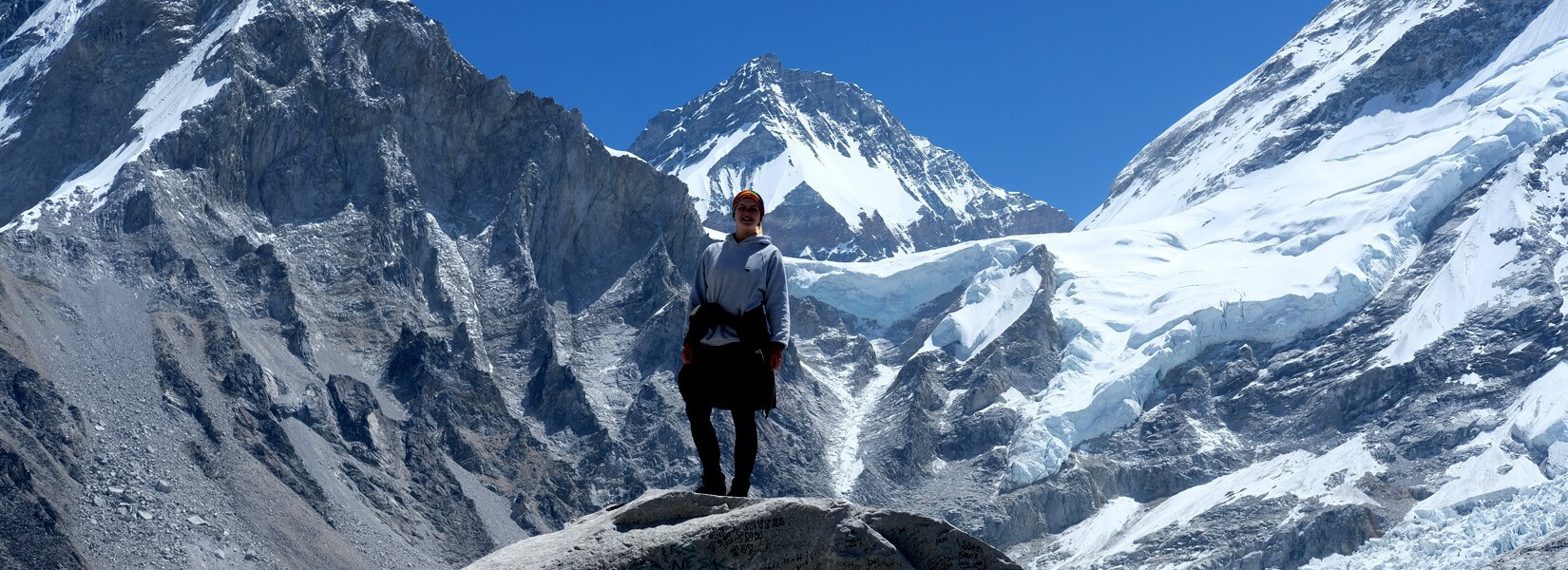About Everest base camp 8 days Trek
The Everest Base Camp trek is one of the most popular in the Himalayas, drawing trekkers from around the globe each year. If you’re looking for an accessible and rewarding way to experience this iconic adventure, our 8-day trek to Everest Base Camp is a great choice.
Himalayan Ecological Trekking has designed this package specifically for travellers on a tight schedule, ensuring you don’t miss out on the highlights of this world-renowned trekking route.
The beauty and rugged terrain of the Khumbu region provide an unforgettable hiking experience. You’ll pass through lush forests, alpine meadows, and charming villages on steep mountain slopes.
At the trail's end, you’ll stand before Everest—an awe-inspiring peak rising to 8,848 meters. Along the way, you’ll be surrounded by other mighty mountains like Lhotse, Nuptse, Thamserku, Kongde, Pumori, and Ama Dablam. Reaching Kala Patthar, the trek's highest point, will reward you with a 360-degree panoramic view of these majestic mountains.
On this journey, you’ll visit famous villages such as Namche Bazaar, Pangbuche, Dingbuche and Lobuche, where you can experience the daily lives and rich cultural traditions of the local Sherpa people. You’ll also explore Buddhist landmarks like Chortens, prayer wheels, Mani wall and prayer flags along the trail.
From Himalayan Ecological Trek your guide will share the secrets of the Khumbu, helping you understand the cultural significance of the region while leading you to a successful trek.
